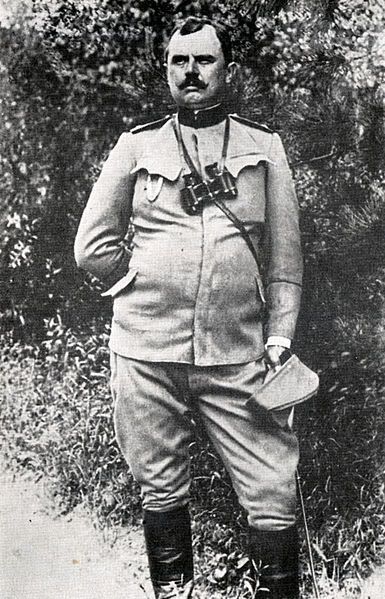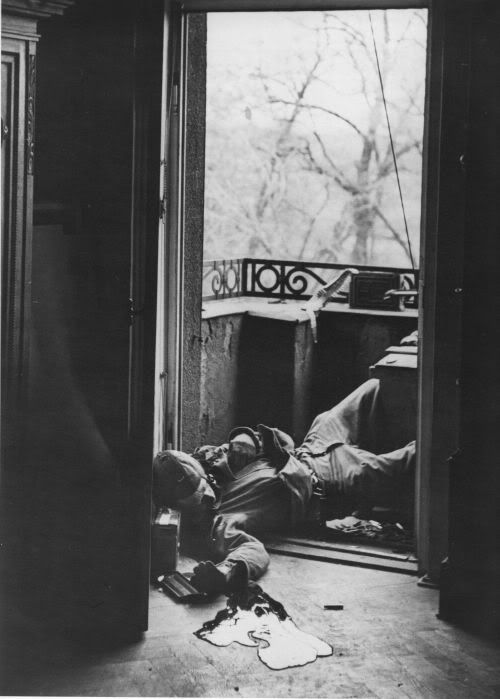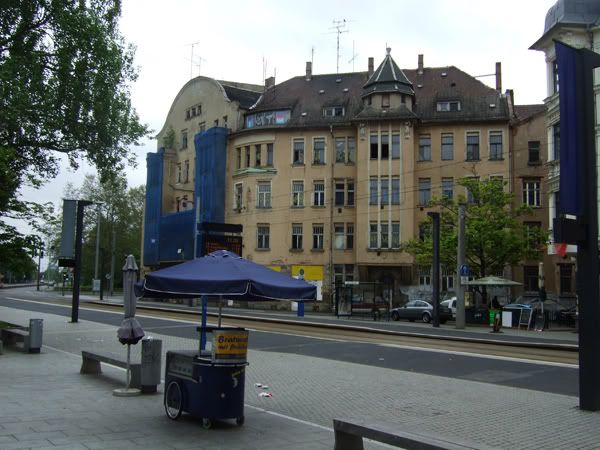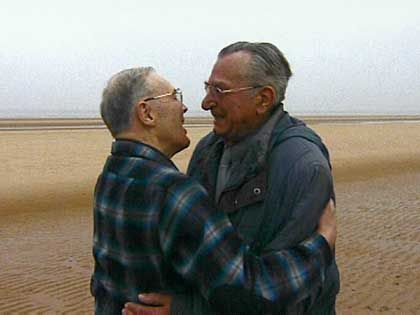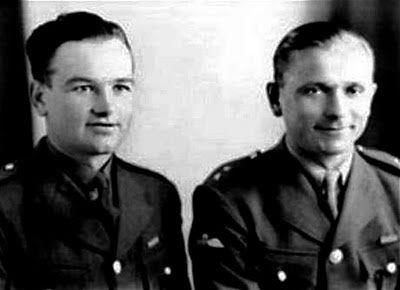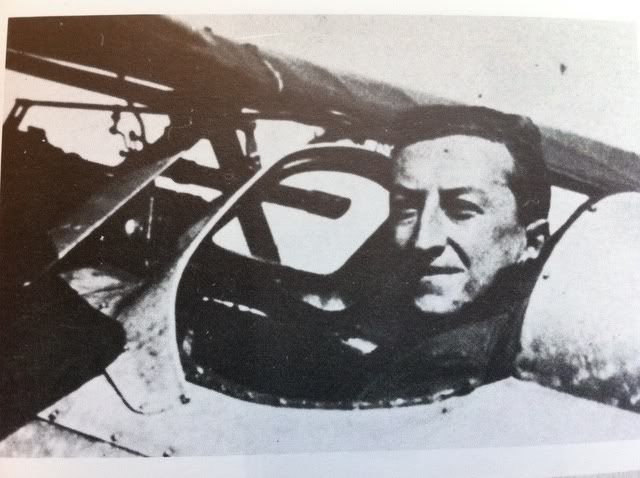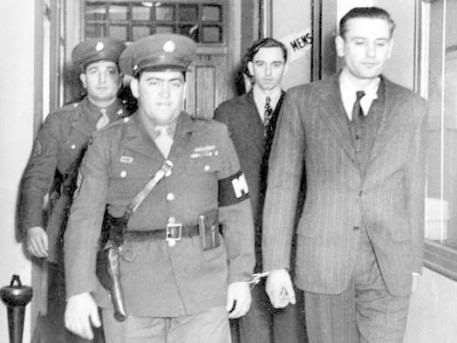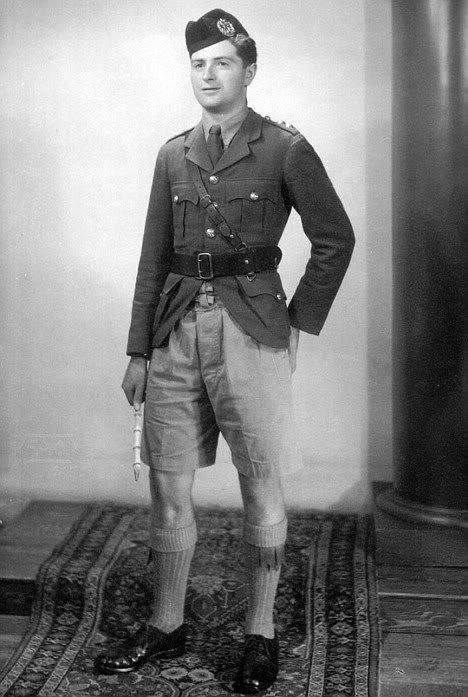- Joined
- Oct 11, 2010
- Messages
- 12,981
- Reaction score
- 7,921
- Age
- 61
Anton Ludwig August von Mackensen (6 December 1849 – 8 November 1945), was a German soldier and field marshal. He commanded with success during the First World War and became one of the German Empire's most prominent military leaders.
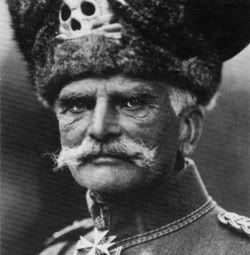
After the Armistice, Mackensen was interned for a year. He retired from the army in 1920 and was made a Prussian state councillor in 1933 by Hermann Göring. Mackensen, a nationalist rather than a National Socialist, frequently appeared at Nazi functions wearing his imperial cavalry uniform and became a major symbol of the integration of the Second and Third Reichs.
In October 1915, Mackensen, in command of the newly formed Army Group Mackensen (Heeresgruppe Mackensen, which included the German 11th army, Austro-Hungarian 3rd army, and Bulgarian 1st army), led a renewed German-Austro-Hungarian-Bulgarian campaign against Serbia. The campaign finally crushed effective military resistance in Serbia but failed to destroy the Serbian army, which, though cut in half, managed to withdraw to Entente-held ports in Albania and, after recuperation and rearmament by the French, reentered fighting on the Macedonian front.
During the fight for Belgrade, the troops of the Central Powers encountered a very stiff resistance, so Mackensen erected a monument to the Serbian soldiers who died defending Belgrade, saying, "We fought against an army that we have heard about only in fairy tales."

After the Armistice, Mackensen was interned for a year. He retired from the army in 1920 and was made a Prussian state councillor in 1933 by Hermann Göring. Mackensen, a nationalist rather than a National Socialist, frequently appeared at Nazi functions wearing his imperial cavalry uniform and became a major symbol of the integration of the Second and Third Reichs.
In October 1915, Mackensen, in command of the newly formed Army Group Mackensen (Heeresgruppe Mackensen, which included the German 11th army, Austro-Hungarian 3rd army, and Bulgarian 1st army), led a renewed German-Austro-Hungarian-Bulgarian campaign against Serbia. The campaign finally crushed effective military resistance in Serbia but failed to destroy the Serbian army, which, though cut in half, managed to withdraw to Entente-held ports in Albania and, after recuperation and rearmament by the French, reentered fighting on the Macedonian front.
During the fight for Belgrade, the troops of the Central Powers encountered a very stiff resistance, so Mackensen erected a monument to the Serbian soldiers who died defending Belgrade, saying, "We fought against an army that we have heard about only in fairy tales."




